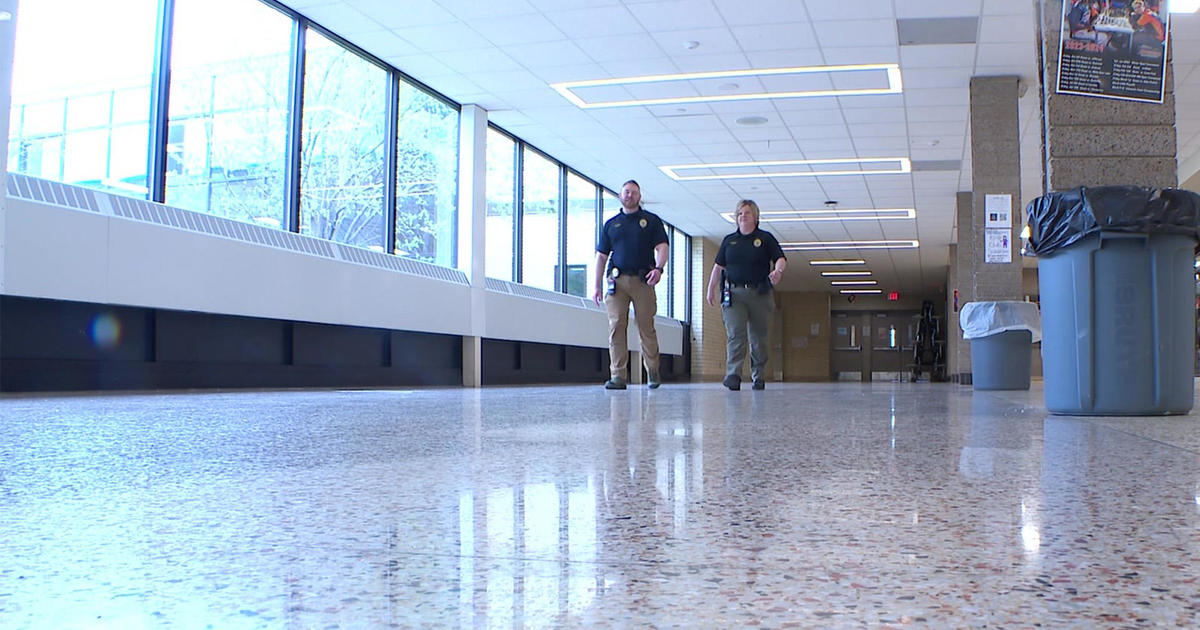Good Question: How Do Cities Decide Which Roads Get Plowed First?
MINNEAPOLIS (WCCO) - With 900 miles of streets, it takes a good three days for about 70 Minneapolis plows to get the city curb-to-curb clean.
Minneapolis resident Timmy Wagner thinks the amount of time seems reasonable.
"The three day thing makes sense to me. It seems effective," Wagner said.
He just doesn't know how the city decides which streets get plowed first.
Minneapolis Public Works Director Mike Kennedy says there are 80 snow emergency routes in Minneapolis. Many of them the same since they were created in the 1950s - yet tweaked slightly.
Kennedy says major streets are always plowed first. Then on Snow Emergency Day 2 and Day 3, plows head out onto the secondary roads.
Each route has a printed map and list of where drivers are supposed to plow. Generally, they follow the list in order because the goal is to get the least amount of mileage with the least amount of backtracking and dead-ending. Traffic enforcement follows these same routes too.
"We're looking for effectiveness, productivity and efficiency so it's best if they have an idea of where they're supposed to go," said Kennedy.
After clearing the primary roads, each city's system is different. In Maple Grove, there are 17 different routes where each driver starts at the main drags and works toward the others' routes.
In Anoka, there are five routes. Each driver knows his or hers well, and that driver decided the best way to get it done.
Each of those cities can generally finish plowing within a day because they can enforce more strict parking restrictions.
In Minneapolis, that's not possible when 250,000 people park on the streets every day.



